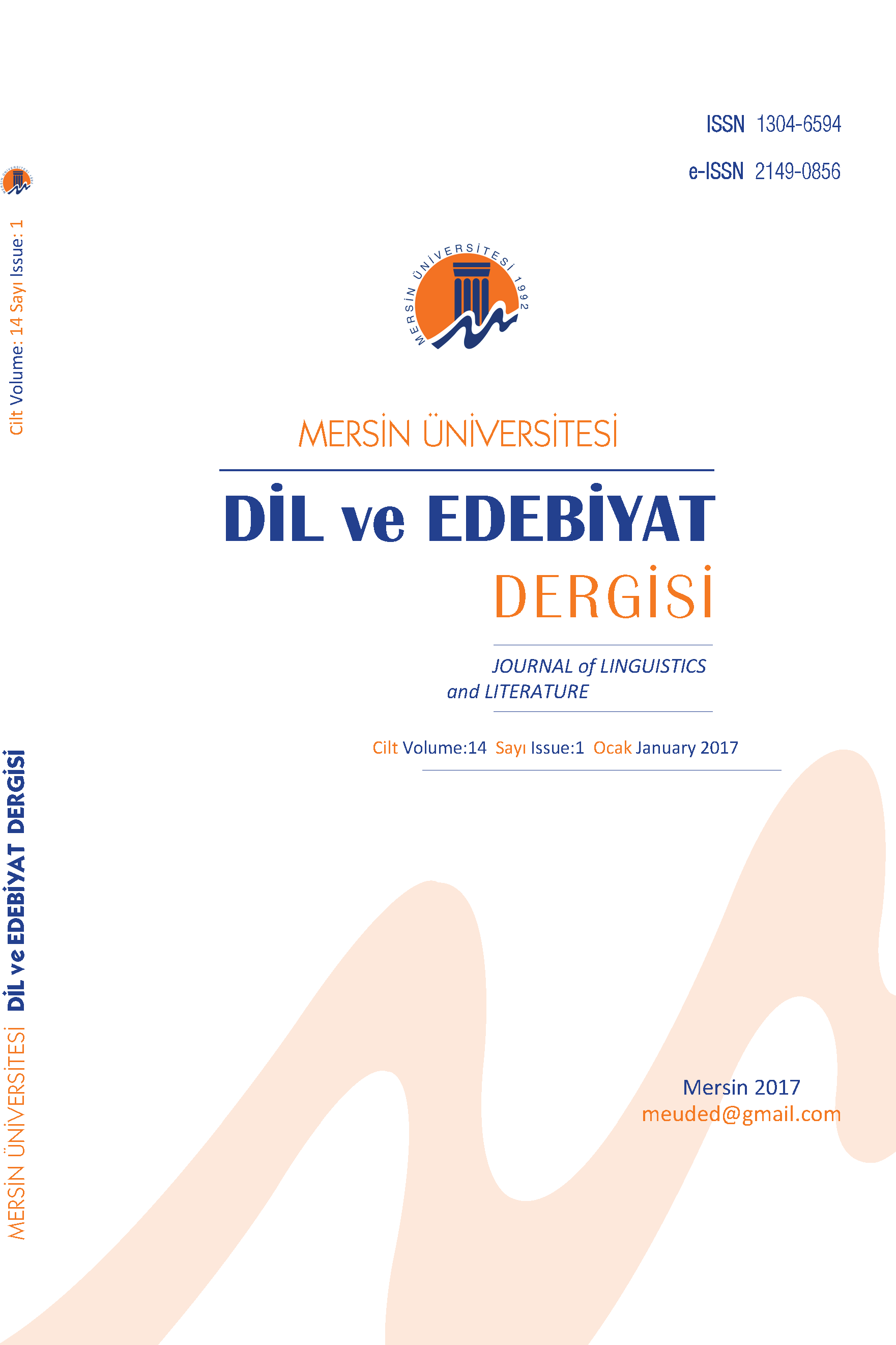Some Linguistic Issues in Turkish as Foreign Language Textbooks
In this study, the linguistic issues in the Turkish textbooks used at the universities and other institutions of higher education which provide training in Turkish as a Second/Foreign Language especially in the United States of America are determined and solutions are proposed. Four textbooks used commonly in the training of Turkish as a Second Language are selected and evaluated using the systematic criteria developed by Ansary and Babaii (2009). Some aspects of these criteria which can be valid for Turkish are determined by the author of this article in order to evaluate the textbooks in question and the results are presented for discussion. Keywords: Turkish textbooks, Turkish as a second/foreign language, textbook evaluation criteria.Key Words: Agreement, Feature Hierarchy Hypothesis, Repair, Syntactic Processing.
Anahtar Kelimeler:
Türkçe ders kitapları, yabancı dil olarak Türkçe, ders kitabı çözümleme kriterleri
___
- Aygen, G. (2009). Linguistic (in)consistencies in (some) Turkish textbooks. Talk given at the Roundtable on Turkish Textbooks, AATT Annual meeting, MESA 2009, Boston.
- Aygen, G. (2004). Finiteness, case and clausal architecture. MIT Occasional Papers in Linguistics, Number 23, Cambridge, MA.
- Ansary, H. & Babaii, E. (2009). Universal characteristics of EFL/ESL textbooks: A step towards systematic textbook evaluation. ITESL Journal. XV (3), 1-9.
- George, L. & Kornfilt, J. (1981). Finiteness and Boundedness in Turkish. In F. Heny (Ed.), Binding and Filtering, (105-128). London: Croomhellm Ltd.
- Kornfilt, J. (1984). Case Marking, Agreement and Empty Categories in Turkish. Ph.D. Dissertation, Harvard University.
- Tucker, W. D. (1983). Developing criteria for textbook evaluation. ELT Journal, 37 (3), 251-255.
- ISSN: 1304-6594
- Yayın Aralığı: Yılda 2 Sayı
- Başlangıç: 2004
- Yayıncı: Mersin Üniversitesi
